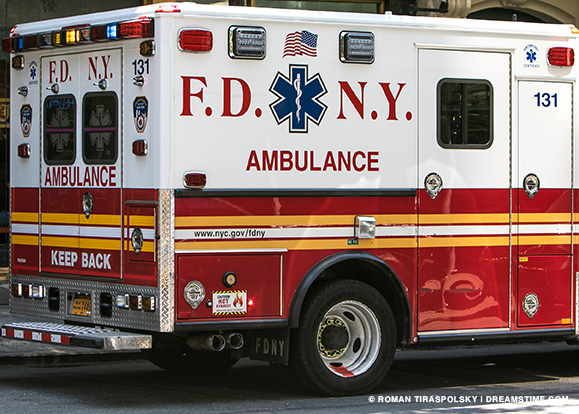New York finally has seen the light. The state on Sunday reversed its deadly mandate, issued in March, prohibiting nursing homes from testing incoming residents and requiring them to accept patients from hospitals, even if they were diagnosed with COVID-19. New York now says hospitals can send patients to nursing homes only if they have tested negative for the virus.

The March 25 New York directive read in part: “No resident shall be denied re-admission or admission to [a nursing home] based on a confirmed or suspected diagnosis of COVID-19.” The original intent was to free up beds in hospitals expecting a surge of coronavirus patients.
These facilities had become hothouses for infection. After massive public criticism and mounting deaths, New York reversed its position—but without officially acknowledging its error.
“The state has failed to protect the lives of the most vulnerable members of our community,” Ron Kim, a Democratic member of the state Assembly, told The Wall Street Journal. “The fact we maintained and pushed COVID-positive patients into facilities that were not equipped to handle them, it was a fatal error.”
Nursing-home residents, who are typically frail and live in close quarters, are particularly vulnerable to the virus, yet nursing homes were not a priority during the peak of the pandemic, with pleas for protective equipment and tests often ignored. New York officials did not heed earlier entreaties from the AARP, nursing organizations, and others to reverse the deadly order.
“If we had focused on that early on,” said state Assemblyman Ron Kim, the Queens Democrat, “we could have saved a lot of lives.”
New York was not alone. Other states, including California and New Jersey, issued similar directives to nursing homes saying they must not refuse to take patients from hospitals solely because they have the coronavirus.
While reporting is uneven, nationwide, more than 30,000 coronavirus deaths have been tied to long-term care facilities.
“The way this has been handled by the state is totally irresponsible, negligent and stupid,” Elaine Mazzotta, a nurse whose mother died last month of suspected COVID-19 at a Long Island, NY, nursing home, told PBS. “They knew better. They shouldn’t have sent these people into nursing homes.”
As we reported here last week, the Foundation for Research on Equal Opportunity estimates that at least 40% of all deaths from COVID-19 are residents of long-term care facilities. When New York’s questionable numbers are excluded, the number jumps to 51%.
The policy conclusion here could not be clearer: Our attention MUST be focused on caring for the most vulnerable who are most at risk, and all of the data say that should be elderly Americans, especially those with co-morbidities, who are most likely to be in long-term care facilities.
Then we can begin to open the economy for millions of other Americans who are struggling mightily with how they are going to care for their families, keep their jobs, and save their businesses.
And importantly, doctors and hospitals can get back to their core business of taking care of patients, especially those who have been denied care because of the moratorium on non-COVID treatments.
The Washington Examiner reports: “One patient of mine has a ruptured disk and a pinched nerve, but she’s not an emergency case, so she’s had to wait over three months for surgery,” said Dr. John Dietz, an orthopedic surgeon at OrthoIndy near Indianapolis. “She’s in her late 30s trying to deal with three young children at home while also trying to deal with lots of pain in her legs.”
“The prohibition has also delayed cancer screenings. Screening appointments for breast, cervix, and colon cancer plummeted between 86% and 94%, according to data from Epic, an electronic medical records vendor. The IQVIA Institute for Human Data Science projects that up to 80,000 cancer diagnoses will be missed or delayed between March and June.”
